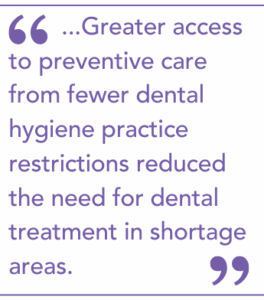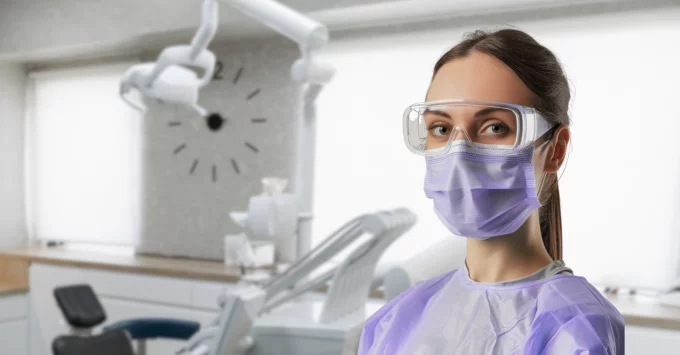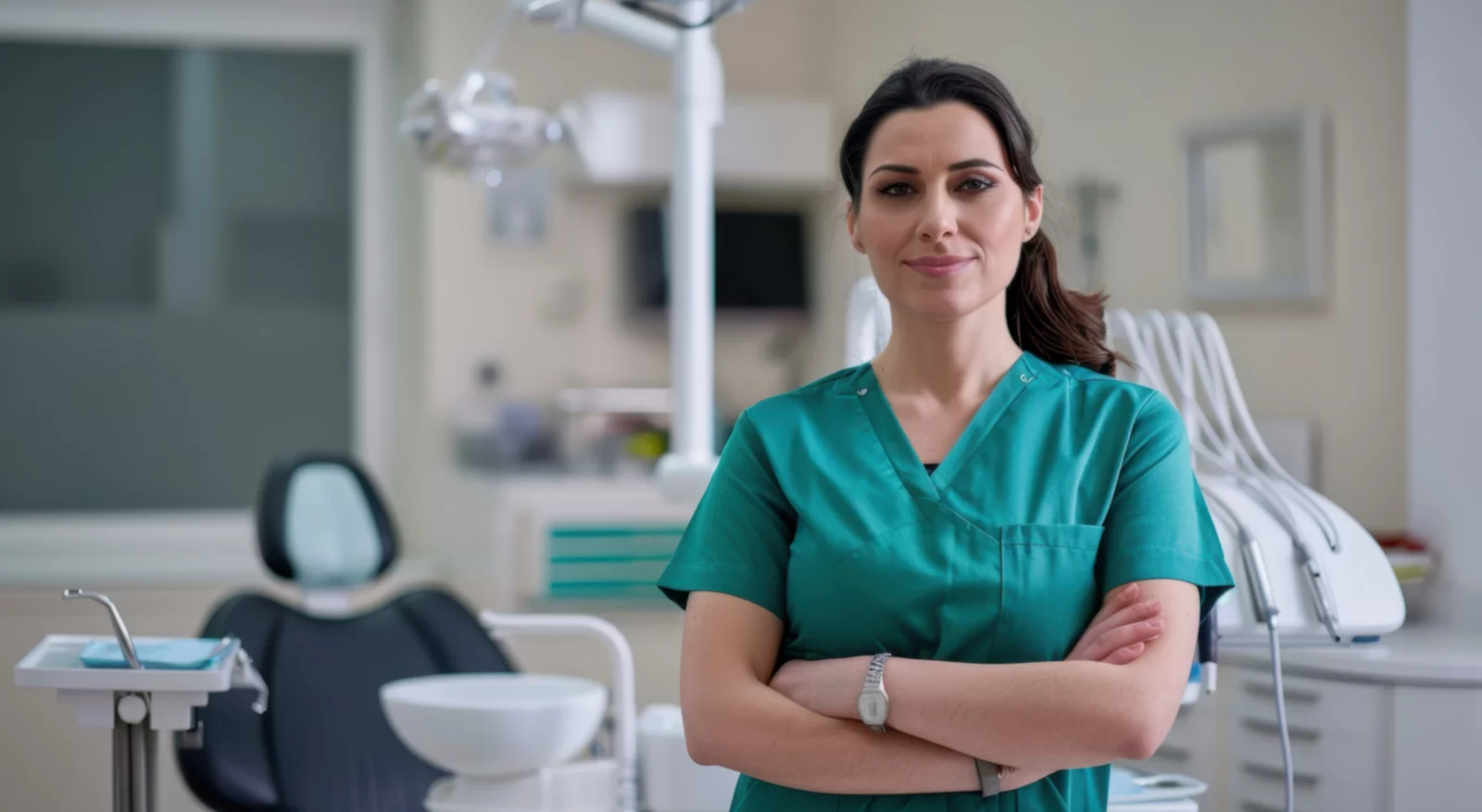This article objectively summarizes published scientific research. Original research citation in footer.
By JoAnn Gurenlian, RDH, MS, PhD, AAFAAOM, FADHA
July 14, 2025
As debates continue over expanding dental hygienists’ scope of practice, some 2024 research provides compelling evidence about how regulatory changes affect patient care access. Chen et al.’s comprehensive analysis of state-level practice restrictions reveals important implications for both preventive care utilization and the dental profession’s ability to address provider shortages.

Chen, et al., investigated the effects of regulations governing the practice of dental hygienists on dental care use measuring the strength of autonomy regulations by extending the Dental Hygiene Professional Practice Index and using the 2001-2014 Medical Expenditure Panel Survey (MEPS). Previous literature noted that scope of practice restrictions for dental hygienists limited the potential to expand access to oral health care. Further, greater autonomy may increase dental care utilization if more hygienists were able to practice in areas where there are fewer dentists. Allowing dental hygienists to perform preventive and therapeutic oral health care could free dentists to perform more complex procedures. The issue of expanding scope of practice for dental hygienists is complicated by the fact that dental hygienists are regulated by state boards comprised predominantly by dentists.
A four-level framework for autonomy
In this study, the authors categorized dental hygiene autonomy into four levels. These included direct supervisor (Level 1), general supervision (Level 2), collaborative supervision (Level 3), and full independence (Level 4). They acknowledged that dental supervision requirements may differ across practice settings, which include private dental offices, long-term care facilities, schools, public health agencies, and other institutional facilities. During the time frame between 2001 and 2014, only four states expanded autonomy at offices to collaborative practice and full independence, while 11 states changed autonomy at dental offices from Level 1 to Level 2. As of 2014, there were still 25 states that restricted dental hygiene autonomy to Level 2 or lower.

Analysis of findings showed that preventive care visits are highest in the states that moved to full independence (Level 4) and visits to general dentists and dental hygienists were highest in those states. States that remained at Level 1 or Level 2 had the lowest levels of total dental visits including visits for preventive oral health care and treatment. In addition, dental hygienists who were providing more basic dental care (i.e., cleanings and examinations) reduced the need for dental treatment. The authors reported that greater access to preventive care from fewer dental hygiene practice restrictions reduced the need for dental treatment in shortage areas. They found that increases in visits for cleanings and exams occurred when states move to autonomy Level 2 or 3, and even larger estimated increases in visits occurred in shortage areas. Further, in shortage areas, there is a decrease in restorative treatment when states move to autonomy Levels 3 or 4, but an increase in restorative treatment after they move to Level 2. They noted that dental hygiene autonomy improves perceived access to dental care.
Greater autonomy may improve access to care
Chen et al. suggested that increased autonomy in dental hygiene may enhance access to preventive oral health care, thereby supporting better oral health and reducing the need for dental disease treatment. Their findings align with earlier research indicating that increased autonomy for dental hygienists is linked to a decreased need for dental treatment. The impact of expanded autonomy is especially significant in areas with shortages of dental care providers, suggesting that policy reforms enhancing hygienist autonomy could help address persistent gaps in care within underserved communities.
To read more, access the full article here.
____________________________________
This article summarizes the findings of the research article “The effects of dental hygienist autonomy on dental care utilization” by Jie Chen, Chad D Meyerhoefer, and Edward J Timmons, published in Health Economics, Volume 33, Issue 8, pages 1726-1747, August 2024 (DOI: 10.1002/hec.4832, PMID: 38536894). The article was published online March 27, 2024.
JoAnn Gurenlian, RDH, MS, PhD, AAFAAOM, FADHA is the ADHA Director of Education and Research, professor emerita in the Department of Dental Hygiene at Idaho State University, and former president of the American Dental Hygienists’ Association 1990-1991.



